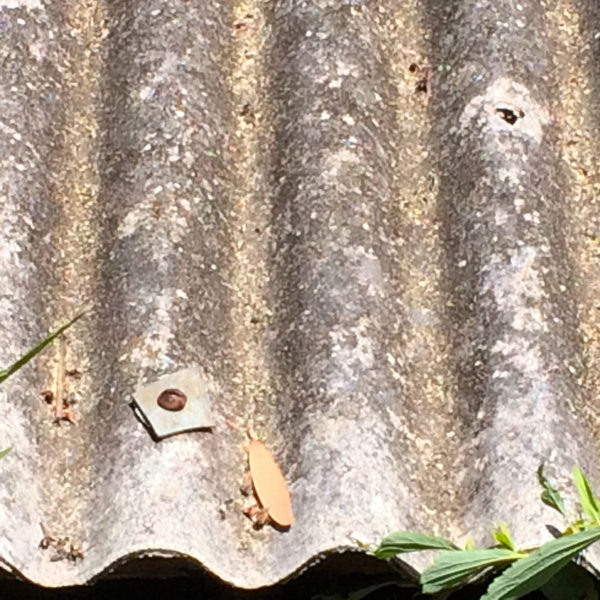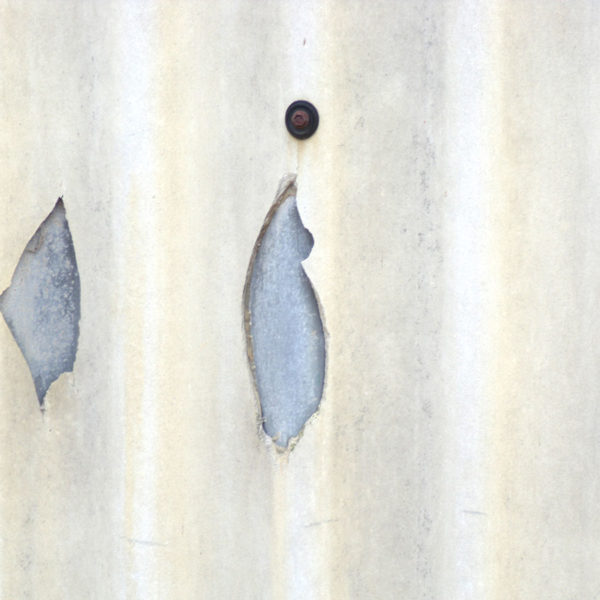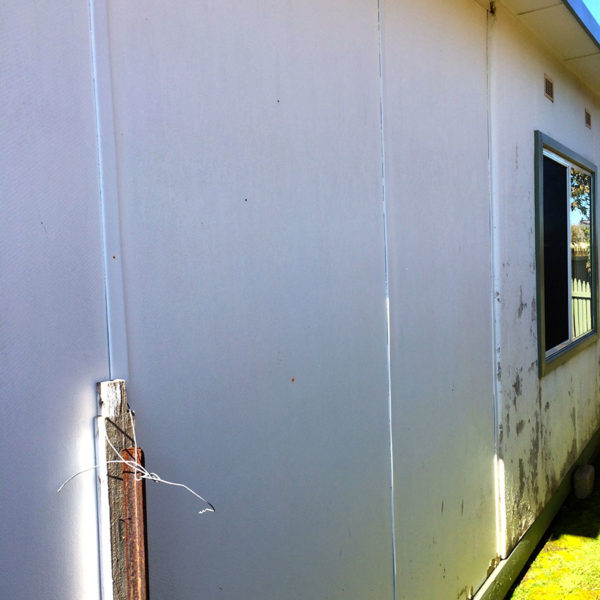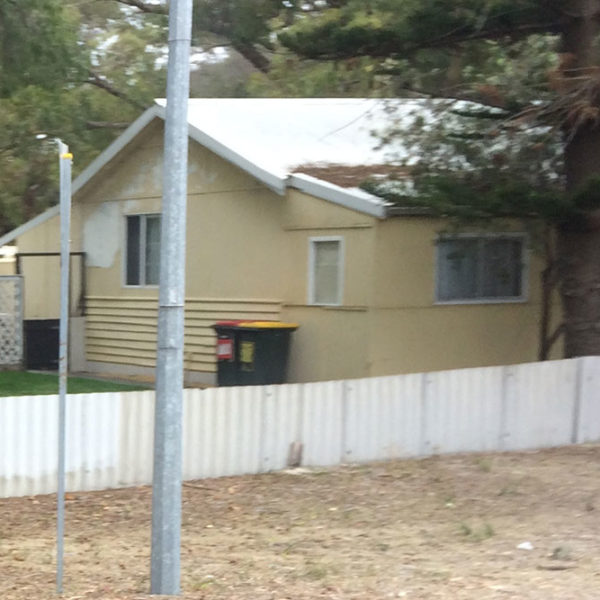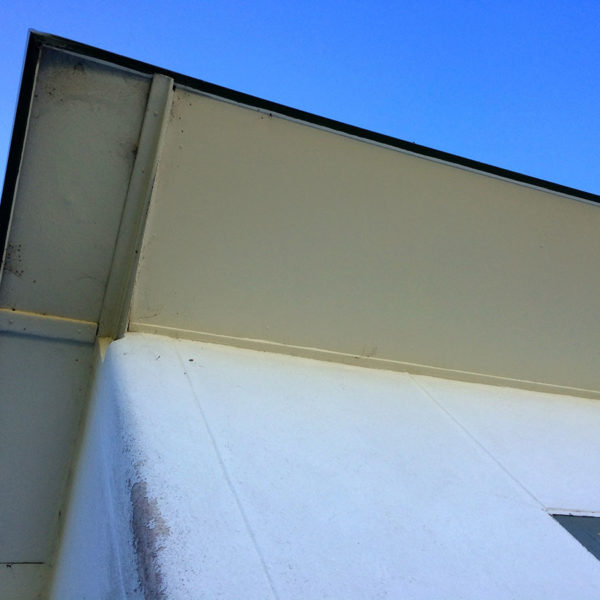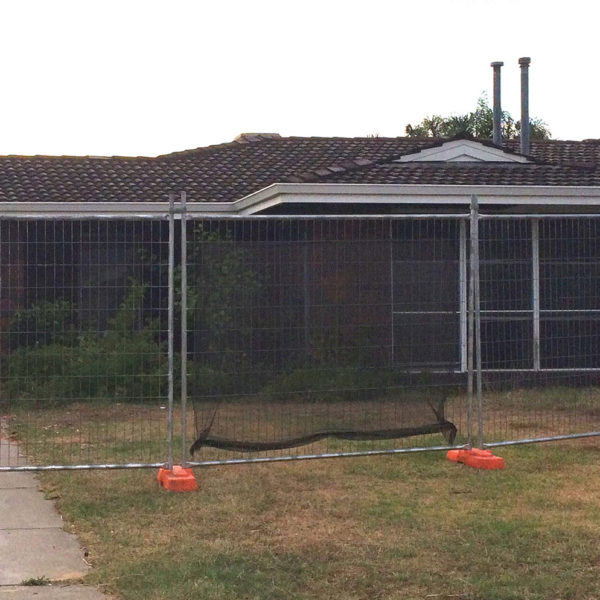Working around any form of asbestos, asbestos containing materials (ACMs) or asbestos products in the built environment is not something to be taken lightly. One wrong move could mean you, a loved one or some one else you have contaminated, dies an untimely death, 20 to 50 (or more) years later, all because you didn’t know, refused to accept the danger asbestos fibres/dust presents, or worse, simply didn’t care!
Things TO DO First:
- To be better informed, read all the Bernie Banton Foundation’s Asbestos Awareness Information Pages on this website.
- Always take care when doing maintenance on, or around asbestos containing material;
- If your home or building was built or renovated prior to 1990 have it assessed by a licensed asbestos assessor prior to doing any work on it;
- Always be clean shaven and wear and fit personal protective equipment as described in the Bernie Banton Foundation’s Information Page: Read BEFORE handling asbestos containing material (fibro), as a precaution to help limit any risk prior to commencing any maintenance job where asbestos is known, or can reasonably be expected to be present.
Maintenance Hints
The information provided is for assistance only – it should not be relied upon to fully negate the dangers, or eliminate the risks associated with working on or near asbestos during routine maintenance of your home or workplace.
Making Damaged ACM Safe
Read and follow the guidelines contained in the Bernie Banton Foundation information page: Read BEFORE handling asbestos cement material (fibro)
Repairing A Hole In ACM Wall or Fence Cladding
First seal the damaged edges to make the ACM safe, by following the guidelines in the Read BEFORE handling asbestos containing material (fibro) information page. Once you have done this, glue an asbestos free alternative flat cement sheet or metal corrugated section with the same profile, over the area to cover the hole. Note: You must not drill, screw or nail into, or interfere with the ACM in anyway that will cause asbestos fibres/dust to be released.
Washing Down Flat Sheet ACMs
Wash ACMs down with sugar soap or other non-caustic or non-abrasive detergent in water using a sponge, or soft brush (similar to what you would use on a car). For large areas, a good idea is to spray on the detergent using a water hose spray bottle and a car/truck washing brush with extendable handle which you can hook a garden hose onto (these can be found at most auto accessory shops, such as Repco). Rinse off with a gentle fine mist of water – never use high pressure water or air, particularly powered pressure washers to wash or rinse ACMs.
Painting Flat Sheet ACMs:
- Wash down as described above, making sure you only use a sugar soap and water solution. The important thing is to remove any powdered paint residue that is quite common on fibro clad homes that haven’t been repainted for many years.
- If existing paint is peeling or flaking off ACMs, first damp down the area to be worked on with water using a spray bottle, then gently remove any flaking paint using a soft nylon kitchen type spatula (if the paint is stuck on, do not try to remove it) – remember to keep the area you are working on damp.
- If there are ridges or rough spots left where the paint has been removed, either spot prime with undercoat or fill with exterior Polyfilla or similar. Do not use a metal spatula to do this and do not sand down the ridges, remember you must not use anything abrasive on it.
- Undercoat the entire area and paint as normal.
Note: DO NOT under any circumstances clean off, wash down or paint corrugated asbestos cement sheeting unless it is already painted and in good condition.



